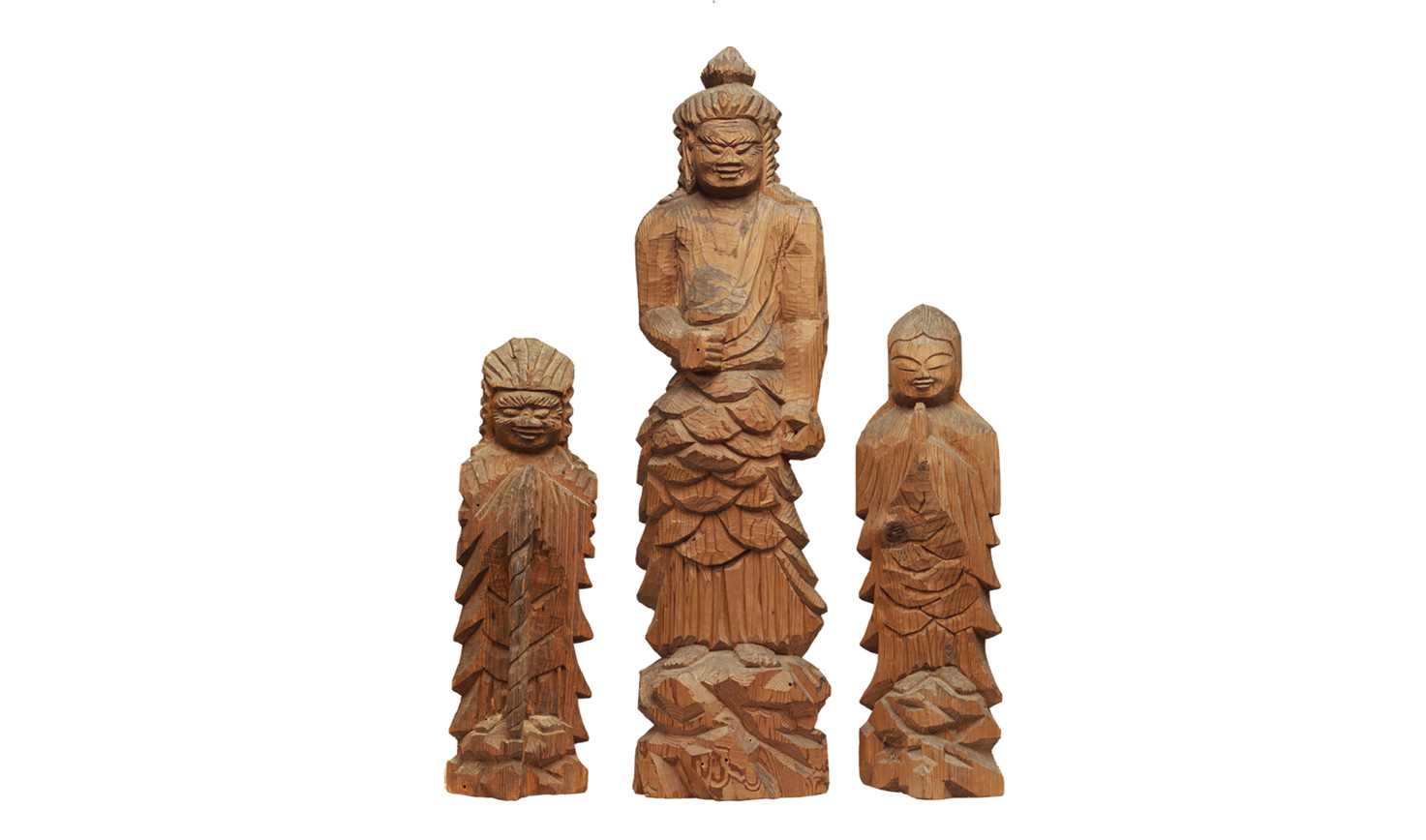While a golden age for secular arts, Japan's Edo Period (1603-1867) is broadly dismissed by art historians as a period of stagnation for Buddhist sculpture. Although some scholars have challenged this view, the craftsmen who created religious imagery at that time remain in the shadow of their artistic forbearers.
A notable exception to this is the priest-sculptor Enku (1632-1695), whose roughly hewn wooden sculptures are the subject of a new exhibition at the Tokyo National Museum. The exhibition comprises 100 statues from Buddhist and local folk belief, ranging from a few centimeters to over two meters in height. Of these, 61 are from Senkoji Temple in Takayama City, Gifu Prefecture, where Enku stayed during the mid-1680s.
Carving statues from local timber in exchange for food and lodging, Enku traveled throughout eastern and northern Japan, including Hokkaido, climbing sacred mountains and preaching. He allegedly pledged to carve 120,000 Buddhist figures. Today there are about 5,300 works attributed to him, mostly in the Hida region of Gifu Prefecture, and in Aichi Prefecture. According to the 1790 text "Eccentrics of Recent Times," his statues were thought to possess magical qualities and Enku himself was believed to have the power of prophesy.



